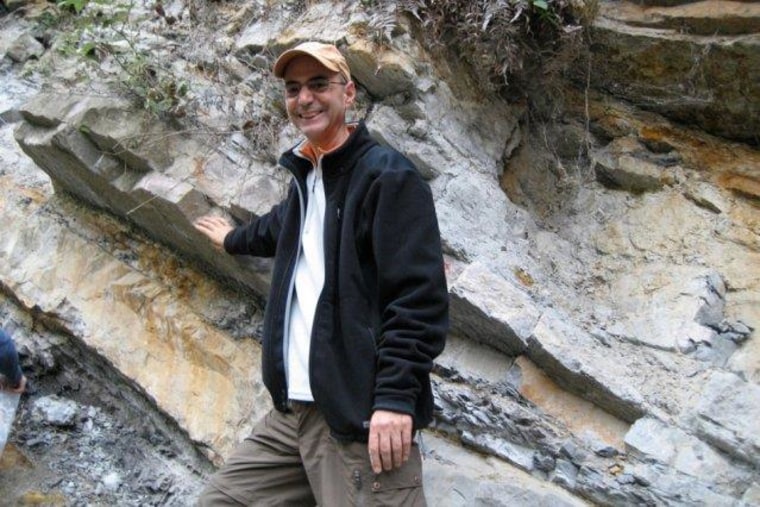Sometimes bad things come in small packages.
A microbe that spewed humongous amounts of methane into Earth's atmosphere triggered a global catastrophe 252 million years ago that wiped out upwards of 90 percent of marine species and 70 percent of land vertebrates.
That's the hypothesis offered on Monday by researchers aiming to solve one of science's enduring mysteries: What happened at the end of the Permian period to cause the worst of the five mass extinctions in Earth's history?

The scale of this calamity made the one that doomed the dinosaurs 65 million years ago — a six-mile wide asteroid smacking the planet — seem like a picnic by comparison.
The implicated microbe, Methanosarcina, is a member of a kingdom of single-celled organisms distinct from bacteria called archaea that lack a nucleus and other usual cell structures.
"I would say that the end-Permian extinction is the closest animal life has ever come to being totally wiped out, and it may have come pretty close," said Massachusetts Institute of Technology biologist Greg Fournier, one of the researchers.
"Many, if not most, of the surviving groups of organisms barely hung on, with only a few species making it through, many probably by chance," Fournier added.
Previous ideas proposed for the Permian extinction include an asteroid and large-scale volcanism. But these researchers suggest a microscope would be needed to find the actual culprit.
Methanosarcina grew in a frenzy in the seas, disgorging huge quantities of methane into Earth's atmosphere, they said.
This dramatically heated up the climate and fundamentally altered the chemistry of the oceans by driving up acid levels, causing unlivable conditions for many species, they added.
The horseshoe crab-like trilobites and the sea scorpions — denizens of the seas for hundreds of millions of years — simply vanished. Other marine groups barely avoided oblivion including common creatures called ammonites with tentacles and a shell.
On land, most of the dominant mammal-like reptiles died, with the exception of a handful of lineages including the ones that were the ancestors of modern mammals including people.
The findings were published Monday in the journal Proceedings of the National Academy of Sciences.